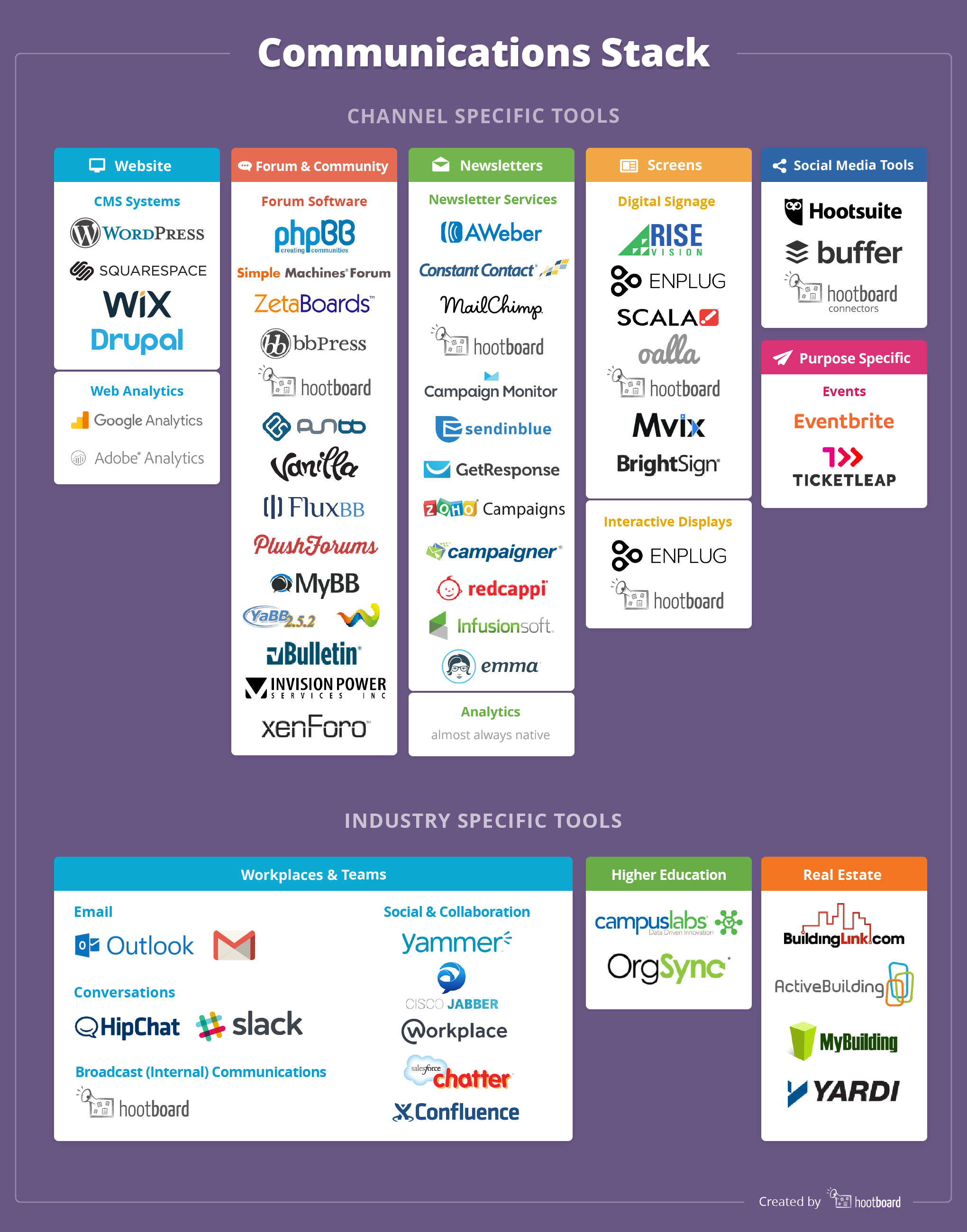There is a lot of discussion already around the terms “the Sales Stack” or “the Marketing Stack”. These terms have been floating around for some time now and those of you playing those roles are very much adept with what they mean. If you are not sure what they mean this simple google search for sales stack generated 38.9 Million hits in 0.46 seconds. Similarly the term Marketing Stack came up with over 26 Million hits albeit in 0.61 seconds.
Experts in Sales and Marketing have defined these terms very well by now as well. Voice over IP company RingDNA has defined the term “sales stack” on their blog as
“The definition of the sales stack (also known as a sales technology stack) is a term for the totality of sales software (typically cloud-based) that a particular sales team utilizes. ”
Similarly the ad targeting company Adroll has defined the term “marketing stack” as
“A marketing stack is a group of technologies that marketers leverage to execute, analyze and improve their marketing activities. This includes all technologies that marketing teams use, from marketing automation to data enrichment and analytics.”
There you have it. For first time ever, in the history of humanity, we have a term for the hodgepodge of tools you are using today to communicate with your constituents. If, anyone has defined this prior to me penning this and Google failed to turn you up, send me your publication and I’ll respectfully concede.
A typical communications stack would include Website creation and management tools (e.g. wordpress), Forum software or plugin, email newsletter software (e.g. Mailchimp, Constant Contact), Digital Signage (e.g. Olla, Enplug), Social media tools (e.g. buffer, various tweet bots).
That prompted us into wondering if anyone ever thought of the term “Communications Stack”.
And it seems like no one has bothered to take a stab till date, a simple Google search for “Communications Stack” leads to highly esoteric information about a collection of computer networking technologies that help us all connect our computers to each other.
While I am sure this makes my former classmates from the computer science classes drool, it means nothing to my embattled friends who have been handed the sometimes thankless job to make sure everyone within and/or related to an organization updated. So on this chilly December afternoon, I take it upon myself to do the needful. You are welcome!
Defining your Communications Stack:
“The Communications stack (or Broadcast / Internal / Organizational communications stack) is a set of tools and technologies that help communications directors or administrators of organizations communicate effectively with their constituents over their website, mobile, email, forums and in physical spaces.”
There you have it. For first time ever, in the history of humanity, we have a term for the hodgepodge of tools you are using today to communicate with your constituents. If, anyone has defined this prior to me penning this and Google failed to turn you up, send me your publication and I’ll respectfully concede.
A typical communications stack would include Website creation and management tools (e.g. wordpress), Forum software or plugin, email newsletter software (e.g. Mailchimp, Constant Contact), Digital Signage (e.g. Olla, Enplug), Social media tools (e.g. buffer, various tweet bots).
Why is this different?
If you are not looking closely, the communications stack could look very similar to you marketing stack since people seem to think that a website, an email newsletter and social posts are required for both communications and marketing. However, this is couldn’t be further from the truth.
To keep it short, most internal communications managers, administrators and student engagement leaders should never need to post ads on facebook or elsewhere on the internet. If they do, they are doing something wrong (more about this in a later post). On the other hand, marketing professionals usually don’t need digital signage since most of their activities are targeted people who are outside of their existing customer base in the wild.
Understanding your communications stack
So what makes up a communications stack? Note that I didn’t use adjectives like “good” or “great” here. Lets first outline what set of tools people use today to communicate with their constituents.

Channel specific tools
Website CMS Systems:
- WordPress
- Squarespace
- Wix
- Drupal
- Analytics: Google Analytics
Want other options? See here: https://www.cloudwards.net/best-website-builders
Forums & Community:
- PhpBB
- Simple Machines Forum
- Zetaboards
- bbPress
- HootBoard
- Vanilla Forums
- PunBB
- fluxBB
- PlushForums
- Phorum
- MyBB
- MiniBB
- YaBB
- vBulletin
- IP Board
- XenForo
- WoltLab Burning Board
Newsletters:
- Mailchimp
- Campaign Monitor
- Constant Contact
- Send in Blue
- Get Response
- Zoho Campaigns
- Campaigner
- Infusionsoft
- RedCappi
- Emma
- AWeber
- HootBoard (Auto newsletters from bulletin board)
-
Email Analytics: Almost always native to each platform.
Digital Signage:
Interactive Displays
Social Media Tools:
Other & purpose Specific: Events:
Industry Specific Tools: Real Estate:
Higher Education:
Workplaces and Teams: Email
Conversations:
Social and Collaboration:
Broadcast (Internal) Communications:
It’s amazing to see the sheer number of products available at the disposal of today’s communications managers. Depending on what you choose, it could be thousands of combinations. Not sure one looks at it that way but interesting nevertheless. We’ll get into various tools later on, but I wonder which tools make up the communications stacks of various organizations? Well if you are curious to, spend just a couple of minutes and take this survey and tell us what you use. We’ll get you the results when we compile them.
Take the Communications Survey
Help me improve this article. Comment below with suggestions or tweet to me @sshahade.
Satyajeet is the co-founder and CEO of HootBoard. At HootBoard his primary is interest is to create a platform that simplifies communciations for organizations.




